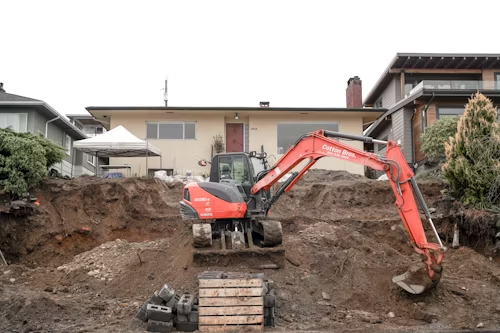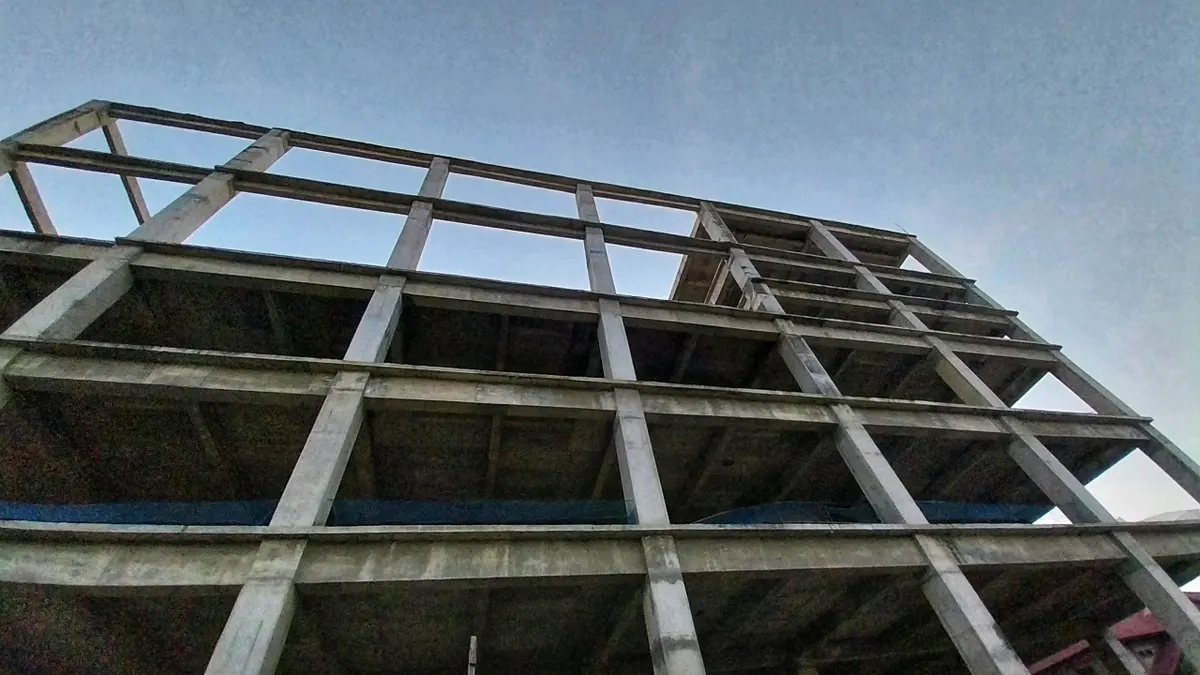
Across the United States, developers proposing new apartment projects are encountering increasingly unconventional resistance, with local opponents finding creative ways to delay or derail construction.

In one recent example from San Francisco, critics of a 100% affordable housing project argued that the proposed building’s shadows would “deprive schoolchildren of vitamin D” and warned that the property would become a “‘magnet’ for addicts,” according to the San Francisco Chronicle. Meanwhile, several cities in Texas are attempting to undermine new state zoning reforms by mandating that multifamily projects include high-end amenities such as rooftop lounges, saunas, and dog parks, Reason reported.
These strategies, though diverse in nature, share a common outcome — stalling development in places where housing demand is highest.
Nicole Upano, assistant vice president of housing policy and regulatory affairs at the National Apartment Association, said these forms of opposition reflect how “not in my backyard” (NIMBY) attitudes have evolved, effectively becoming roadblocks just as powerful as outright bans.
“While the language varies, the result is often the same: fewer homes built in places that need them most,” Upano told Multifamily Dive. “We believe we should be using all of the tools in our toolbox to address the undersupply of the housing crisis in the U.S.”
Upano noted that some cities, such as Boston, have made housing development particularly difficult through overlapping layers of regulation. Minimum lot sizes, height caps, and strict building codes are compounded by inclusionary zoning rules that require projects with seven or more units to set aside 20% for income-restricted housing before any relief from those restrictions is even considered.
By contrast, Florida’s Live Local Act has taken a very different approach—streamlining approvals, offering tax breaks for affordable developments built on religious institution properties, and incentivizing employer-sponsored housing.
David Block, director of development with Evergreen Real Estate Group, said the type and intensity of NIMBY opposition often depend on geography.
“Most of the projects we’ve done in core cities like Chicago or Denver don’t run into much NIMBY resistance, because people there see the need for affordable housing,” Block said. “But in suburban locations, it’s more challenging—you run into zoning battles and the NIMBY arguments.”
He recalled one particularly bitter battle over converting an old factory into housing in a western Chicago suburb.
“Very quickly we got into the ugliest ‘we don’t want those people in our neighborhood’ kind of conversations,” Block said. “There were yard signs, a nasty Facebook campaign, packed public meetings. We went through months of hearings and had the council votes we needed, until one neighbor filed a petition that triggered a supermajority requirement. We came up one vote short, and the project died. That building is still sitting empty.”
Joshua Zinder, managing partner of architecture and development firm JZA+D in Princeton, New Jersey, described a similar scenario in West Windsor, where the Howard Hughes Corp. sought to redevelop a 658-acre former industrial site into a mixed-use town center.
“The NIMBYs said, ‘We don’t need a second downtown’ but I’ve been there, and they don’t have a downtown to speak of,” Zinder said. “They also expressed that there would be increased traffic. Maybe most absurd, they complained about the likely increase in kids attending the school system, without realizing that the increased property tax revenue would improve the school system for everyone.”

Christopher J. Calton, a research fellow in housing and homelessness at the Oakland-based Independent Institute, said many of these objections have less to do with environmental or infrastructure concerns and more to do with maintaining neighborhood exclusivity.
“The vast majority of environmental lawsuits in California aren’t about protecting the environment at all—they’re about blocking infill housing, which is actually the most environmentally friendly kind of development,” he said.
Calton pointed to data showing that lawsuits filed under California’s Environmental Quality Act (CEQA) overwhelmingly target infill housing rather than open space. Recognizing this, California Gov. Gavin Newsom recently signed reforms to CEQA under the 2025–2026 state budget to speed up housing and infrastructure development.
Sometimes, Calton added, the objections verge on parody.
“Absurd justifications like Woodside declaring itself a mountain lion sanctuary show how far some localities will go to stop new housing,” he said. “Discretionary permitting gives opponents endless opportunities to appeal and delay projects, which is why permit reform is one of the most important fixes we need.”
As housing shortages deepen across U.S. metros, the contrast between reform-driven states and those resisting change is becoming more pronounced. In many regions, creative NIMBY tactics—whether rooted in genuine concern or disguised exclusivity—continue to stall solutions to the housing crisis.
While states like Florida and California are experimenting with legal reforms to streamline development, many municipalities still wield procedural tools and obscure regulations to block multifamily projects.
Developers and housing advocates alike warn that without more consistent reforms, these creative objections—no matter how absurd—will continue to undermine progress in addressing America’s housing shortage.
Originally reported by Keith Loria in Construction Dive.